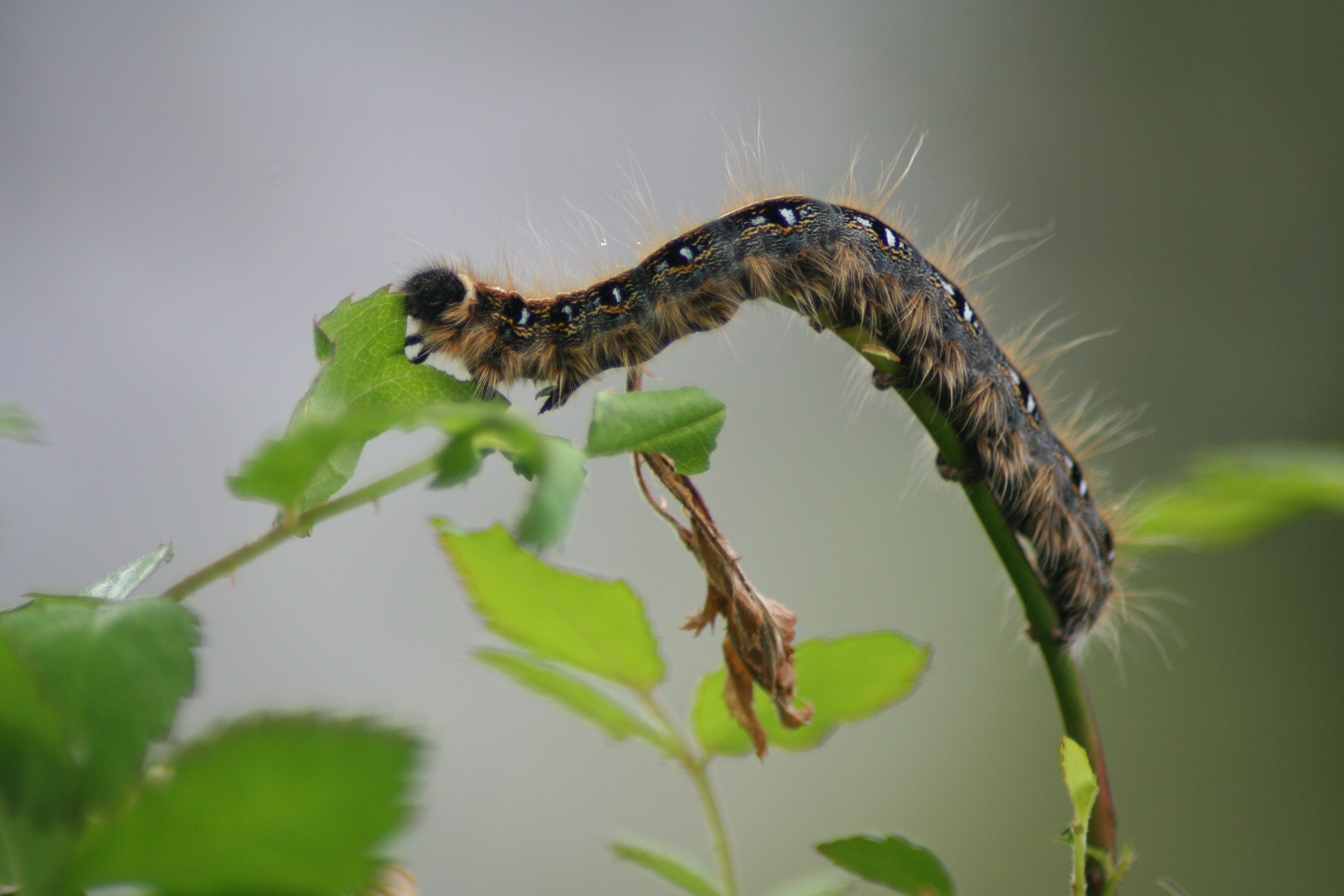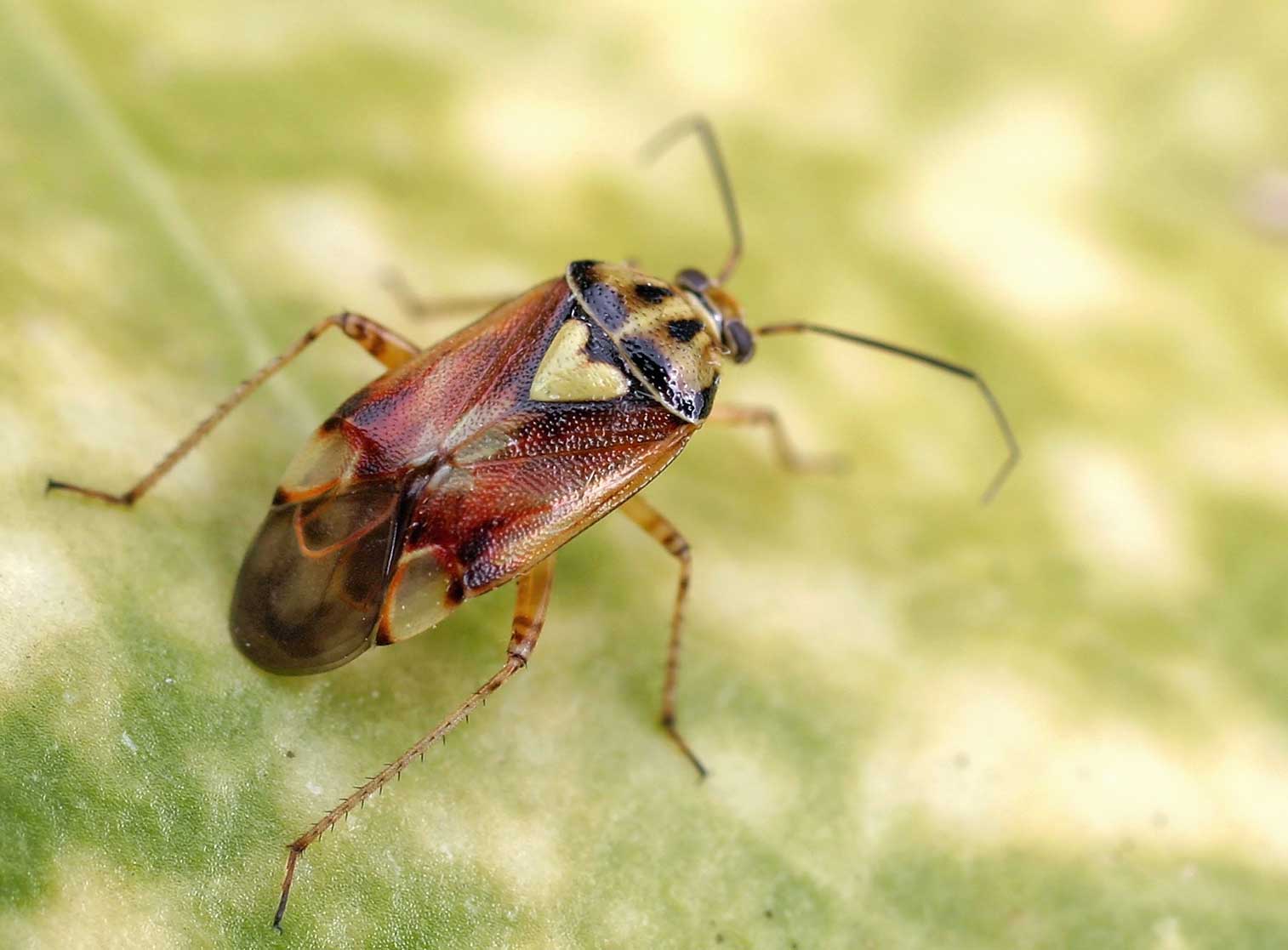 There's been a big uptick in grass pea consumption in recent years - with accompanying paralysis (especially in children).
There's been a big uptick in grass pea consumption in recent years - with accompanying paralysis (especially in children).Grass pea (Lathyrus sativus*) is a crop of last resort. It's commonly grown from Southwest Asia through the eastern Horn of Africa, where it's mostly used as livestock forage. It has tremendous resilience in the face of environmental stress and pestilence and is often the only thing left standing after severe droughts and civil wars. Grass peas taste good, are full of protein, can grow in terrible soil and fix nitrogen, however, they also produce a potent neurotoxin, ODAP, which causes paralysis of the lower limbs when consumed in excess over extended periods.
It's a real tragedy, but thankfully it's one that science and crop biodiversity can do something about.
ICARDA, a research station of the international agricultural science organization, CGIAR, is working on screening germplasm from all over the region to find locally-adapted landraces with very low levels of ODAP. When I first heard about this story, I wondered why they didn't just use mutation breeding or genetic engineering to knock out the toxin altogether instead of just trying to find low-toxin ones, but apparently the toxin plays an important role in the grass pea's stress tolerance.
It's a pretty simple project that could make a really big difference.
*Sweet pea is in this genus



